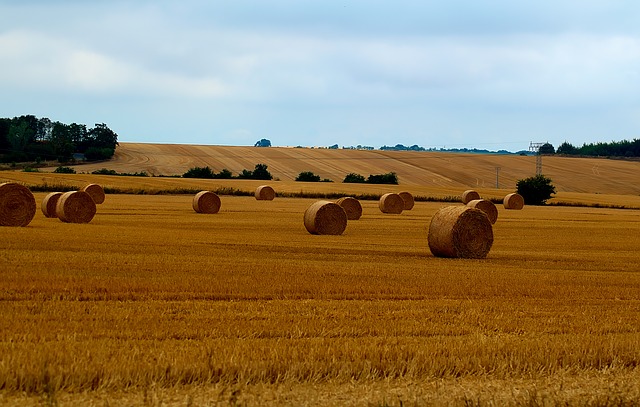With Over $266 Million in Funding, the Native American Agriculture Fund Emerges

The largest philanthropic organization serving American Indians, the Native American Agriculture Fund (NAAF), was recently established from a landmark 2010 civil rights settlement in which the U.S. government agreed to pay for almost 20 years of official discrimination, reported The Washington Post.
"In 1999, George and Marilyn Keepseagle, both Standing Rock Sioux, filed a suit claiming discrimination against Native American farmers. Nearly twenty years and hundreds of litigants later, The Keepseagle v. Vilsack case was a landmark case awarding hundreds of millions of dollars to Native farmers affected by the U.S. Department of Agriculture," explained Indian County Today.
The class-action case settled for a total of $680 million, but as The Washington Post wrote, far fewer people than expected made successful claims to the money, leaving $266 million to be distributed through the new NAAF.
The eligibility criteria for grantees, according to Indian County Today, is among the key provisions of the trust agreement:
Eligible grantees include tax exempt organizations described in section 501c3 of the Internal Revenue Code; educational organizations; Community Development Financial Institutions that are also 501c3 organizations; and instrumentalities of federal or state recognized tribes that furnish assistance designed to further Native farming and ranching.
Read the Nonprofit Quarterly article here.
Image: Pixabay / HansLinde
